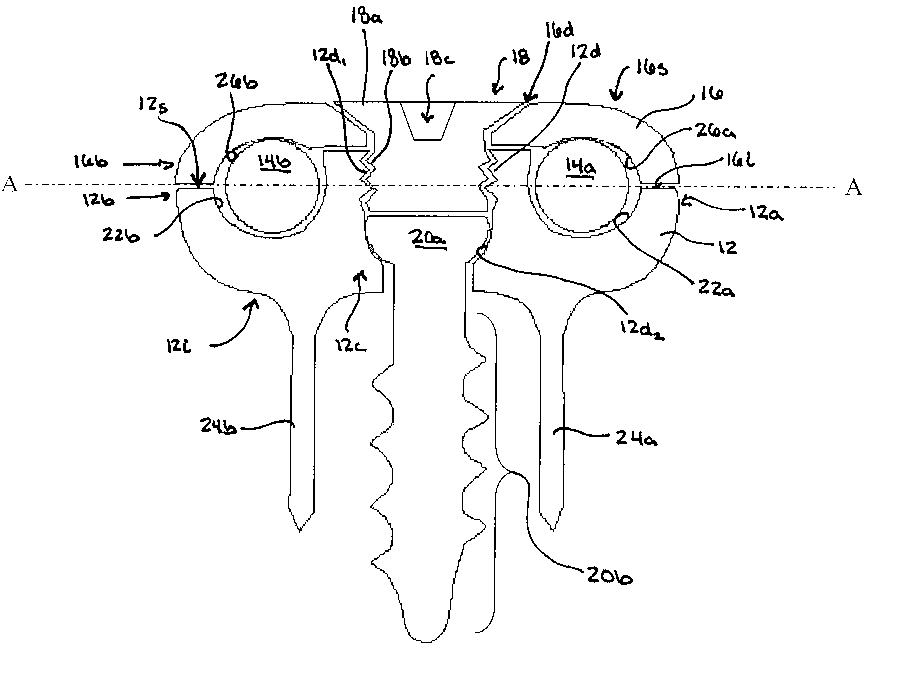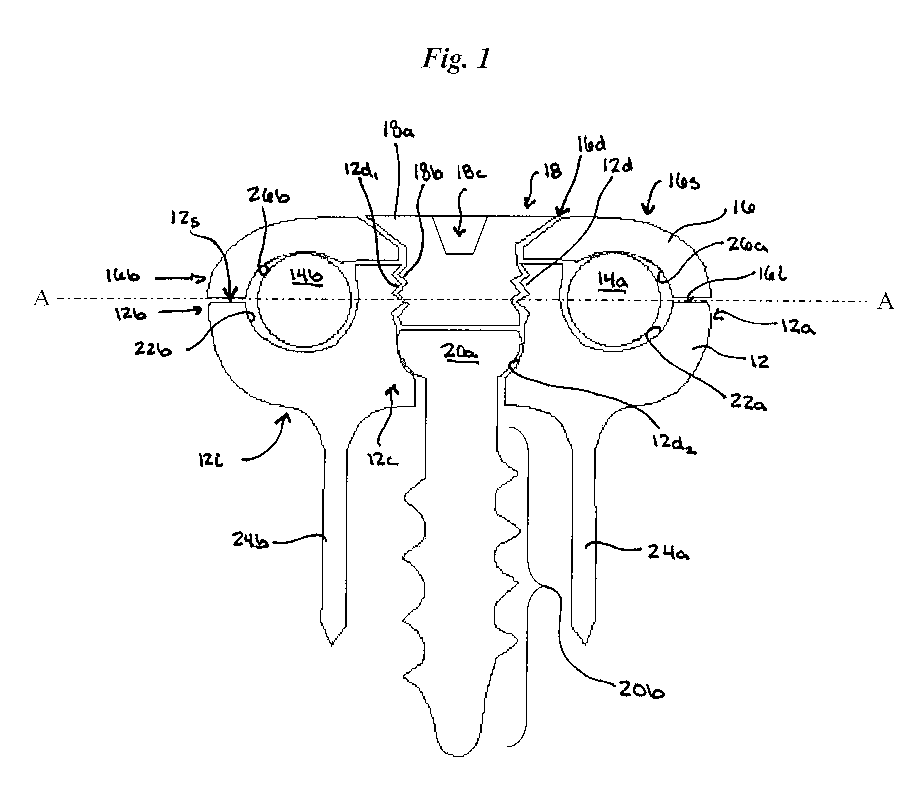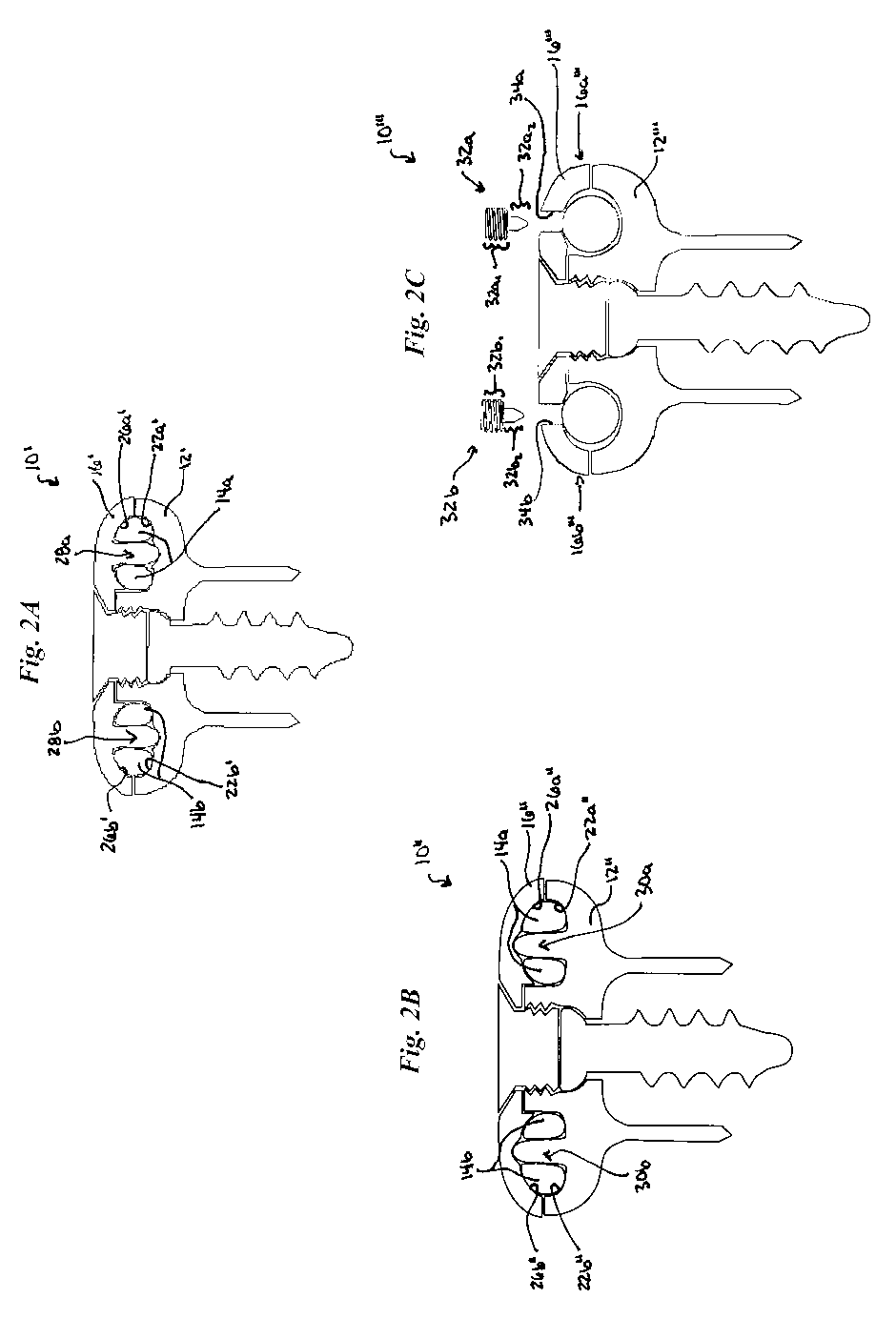Non-fusion spinal correction systems and methods
a spinal correction and non-fusion technology, applied in the field of spinal deformities correction methods and devices, can solve the problems of immobility of patients, severe restrictions, cumbersomeness,
- Summary
- Abstract
- Description
- Claims
- Application Information
AI Technical Summary
Benefits of technology
Problems solved by technology
Method used
Image
Examples
example 1
[0062] A 3 mm Ultra-High Molecular Weight Polyethylene (Spectra) cable was attached to a U-shaped head of a bone screw using a set screw tightened with a torque of 5 N-m. The set screw did not include anything that penetrated into the cable. A second 3 mm Ultra-High Molecular Weight Polyethylene (Spectra) cable was attached to a U-shaped head of a bone screw using an engagement mechanism having a pin that was inserted through the cable. The engagement mechanism was tightened with a torque of 3 N-m. The force required to move each cable was tested. The cable tightened with the set screw required 32 N of force to cause 3 mm of slippage, whereas the cable tightened using the engagement mechanism required 244 N of force to cause 3 mm of slippage. Accordingly, the engagement mechanism with the pin that extended through the cable required 750% more force to move the cable.
PUM
 Login to View More
Login to View More Abstract
Description
Claims
Application Information
 Login to View More
Login to View More - R&D
- Intellectual Property
- Life Sciences
- Materials
- Tech Scout
- Unparalleled Data Quality
- Higher Quality Content
- 60% Fewer Hallucinations
Browse by: Latest US Patents, China's latest patents, Technical Efficacy Thesaurus, Application Domain, Technology Topic, Popular Technical Reports.
© 2025 PatSnap. All rights reserved.Legal|Privacy policy|Modern Slavery Act Transparency Statement|Sitemap|About US| Contact US: help@patsnap.com



